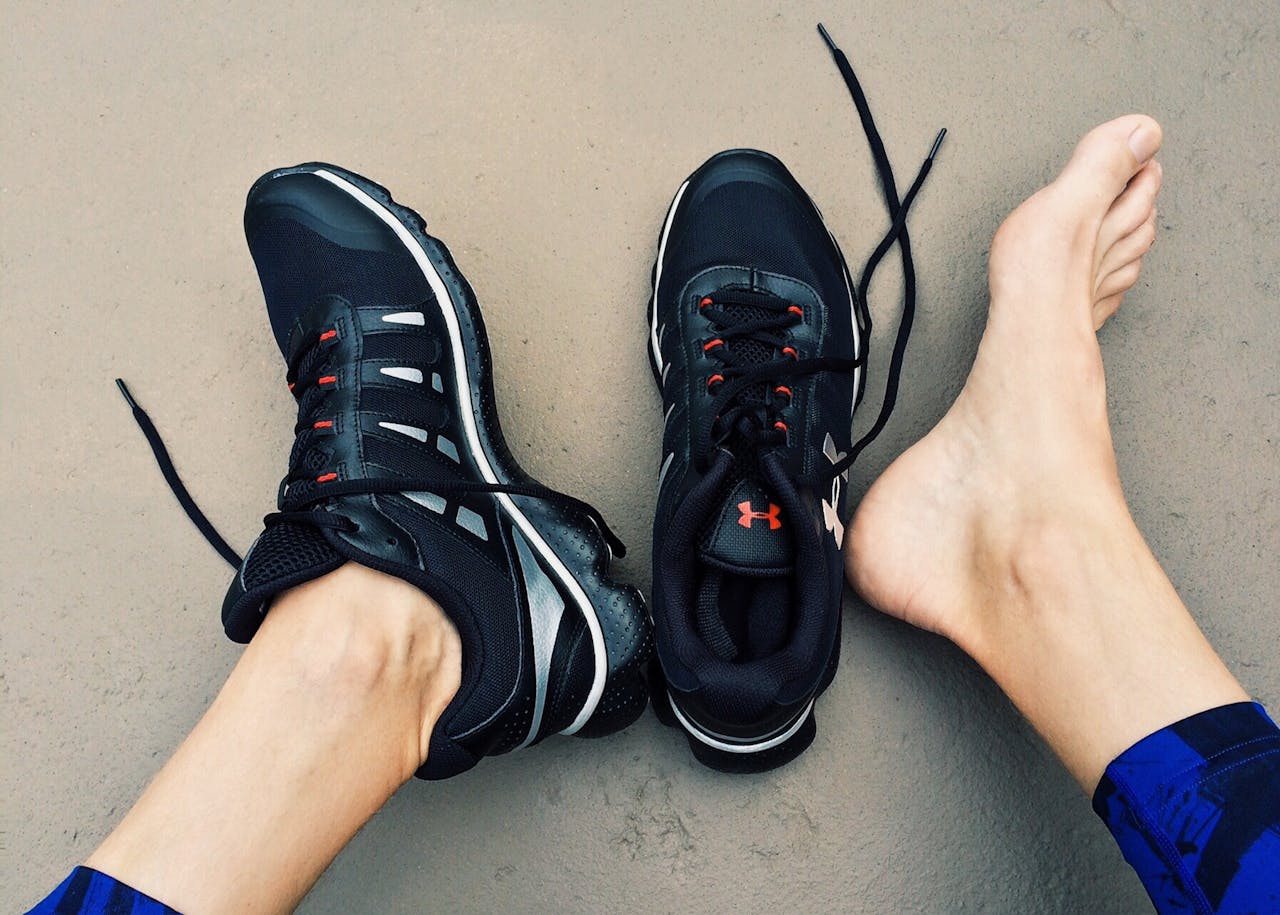When to Replace Your Custom Foot Orthotics: A Comprehensive Guide
Custom foot orthotics are a fantastic investment in your overall foot health, offering relief from various conditions such as plantar fasciitis, shin splints, and general foot pain. However, like any other medical device, orthotics don’t last forever and require periodic replacement to maintain their effectiveness. Here’s a detailed look at when and why you should consider replacing your custom foot orthotics.
1. General Lifespan of Custom Orthotics
Typically, custom foot orthotics can last anywhere from one to five years. This wide range depends on several factors, including the materials used, the intensity of your activity level, and how well you care for them.
2. Signs Your Orthotics Need Replacement
- Visible Wear and Tear: Look for signs of physical degradation such as cracks, thinning, or significant wear on the surface. If your orthotics appear worn out, they are likely not providing the support they once did.
- Reduced Comfort: If you notice that your orthotics are no longer as comfortable as they used to be, or if you start experiencing foot pain again, it’s a sign they may need to be replaced.
- Changes in Foot Structure or Health: Our feet can change over time due to factors like weight gain, pregnancy, or medical conditions such as diabetes. If your foot shape or structure has changed, your orthotics may no longer fit properly.
- New or Returning Symptoms: If you experience a recurrence of symptoms like plantar fasciitis, shin splints, or other foot-related issues, it could indicate that your orthotics are no longer providing adequate support.
3. Factors Influencing Orthotic Longevity
- Material Quality: High-quality materials tend to last longer. For example, orthotics made from carbon fiber or high-density plastic usually have a longer lifespan compared to those made from softer materials.
- Activity Level: Athletes or individuals with high physical activity levels might need to replace their orthotics more frequently due to the added wear and tear.
- Care and Maintenance: Proper care, such as regular cleaning and avoiding exposure to extreme temperatures, can extend the life of your orthotics.
4. Routine Check-ups and Adjustments
Regular check-ups with your podiatrist or orthotist are crucial. They can assess the condition of your orthotics and make any necessary adjustments. It’s generally recommended to have your orthotics checked at least once a year, even if they appear to be in good condition.
5. Cost Considerations
While custom orthotics can be a significant investment, the cost of replacing them should be weighed against the benefits of maintaining optimal foot health. Many insurance plans cover orthotics, so it’s worth checking your policy to see if replacements are covered.
6. Conclusion
Custom foot orthotics play a crucial role in alleviating foot pain and improving your overall mobility. To ensure they continue to provide the necessary support, it’s important to be aware of their lifespan and the signs indicating they need replacement. Regular check-ups with your healthcare provider, proper care, and attention to any changes in your symptoms will help you get the most out of your orthotics and maintain optimal foot health.
If you’re experiencing discomfort or suspect your orthotics might need replacement, don’t hesitate to consult with your chiropractor in Vancouver or healthcare provider. Your feet will thank you!


